17 Best Islands In The South Pacific For Paradise Seekers
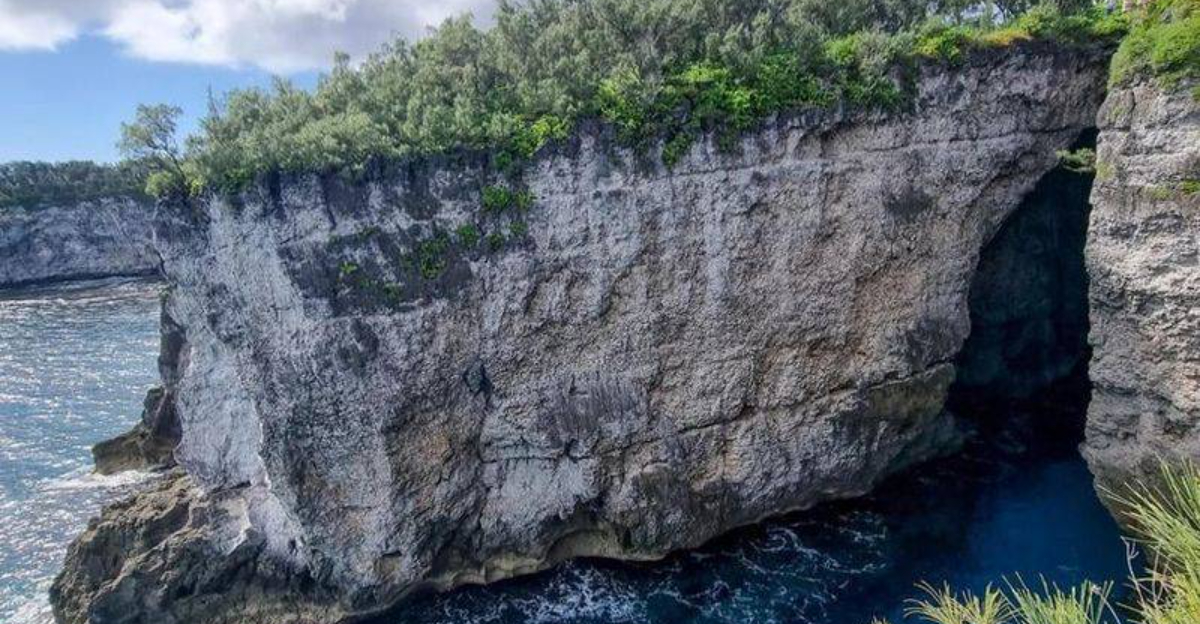
Ever dreamt of a place where time slows down and every view feels like a postcard? The South Pacific is that dream come to life. Scattered across turquoise waters, these 17 islands offer more than just tropical beauty—they’re little worlds of their own, each with its own rhythm, culture, and charm.
From lush volcanic peaks to coral-ringed atolls, there’s something here for every kind of traveler. Want to dive with manta rays in Fiji? Unplug on a remote beach in Tuvalu? Or maybe sip kava with locals in Vanuatu?
This region blends adventure and serenity like nowhere else on Earth. So, what kind of island escape are you craving—and how far off the grid are you willing to go?
1. Bora Bora, Tahiti
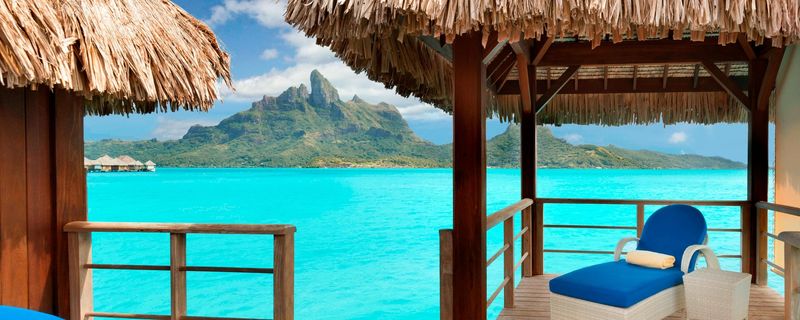
Imagine waking up in an overwater bungalow with Mount Otemanu’s majestic silhouette framed by your window. Bora Bora’s famous turquoise lagoon glows with such intense blue that first-time visitors often gasp in disbelief.
This French Polynesian gem offers more than just postcard views. Snorkeling with gentle manta rays, feeding friendly reef sharks, or simply floating in the warm waters creates memories that last forever.
Local Tahitians welcome visitors with warm smiles and traditional dance performances. The island may be small (just 6 miles long), but its reputation as the ultimate romantic getaway is truly enormous!
2. Taveuni Island, Fiji
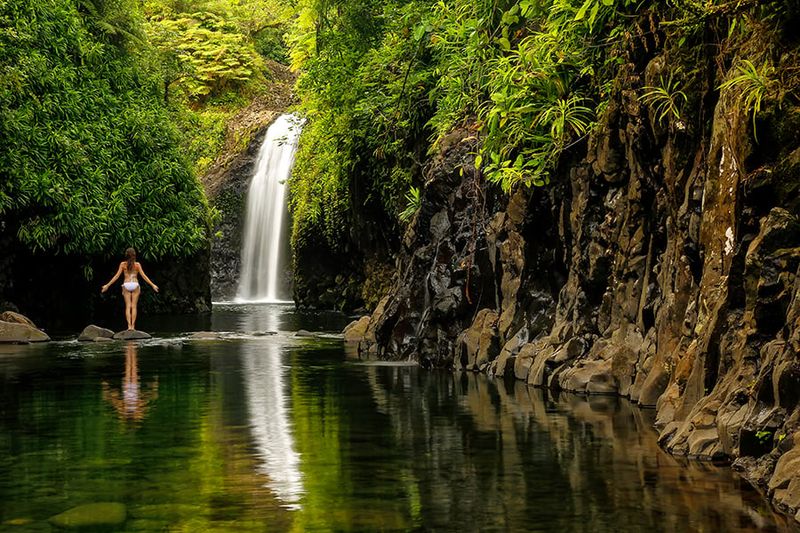
Known as Fiji’s ‘Garden Island,’ Taveuni captivates with its lush rainforests and rare wildlife found nowhere else on earth. The island straddles the international date line, making it one of the few places where you can literally stand between today and tomorrow.
Hiking through Bouma National Heritage Park reveals three magnificent waterfalls where you can swim in refreshing natural pools. The underwater world is equally impressive with the famous Rainbow Reef nearby. Fijian villages welcome visitors with traditional kava ceremonies and genuine hospitality.
This unspoiled paradise maintains its authentic character while providing comfortable accommodations for travelers seeking natural beauty.
3. Aitutaki Atoll, Cook Islands
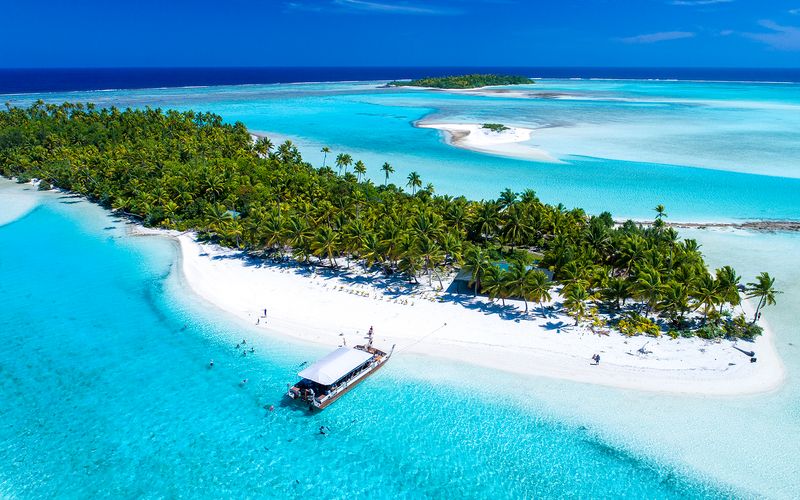
Are you searching for the world’s most beautiful lagoon? Many travelers claim Aitutaki holds this title. This triangular coral atoll encircles a lagoon so breathtaking that even seasoned island-hoppers fall silent in awe.
Tiny uninhabited motus (islets) dot the lagoon’s perimeter, accessible by boat tours that include barbecue lunches on pristine beaches. One Foot Island allows visitors to get their passports stamped at the world’s smallest post office.
The relaxed pace of life here embodies the Cook Islands’ motto: ‘Where time begins.’ With fewer than 2,000 residents and limited development, Aitutaki offers an authentic Polynesian experience without sacrificing comfort.
4. Espiritu Santo, Vanuatu
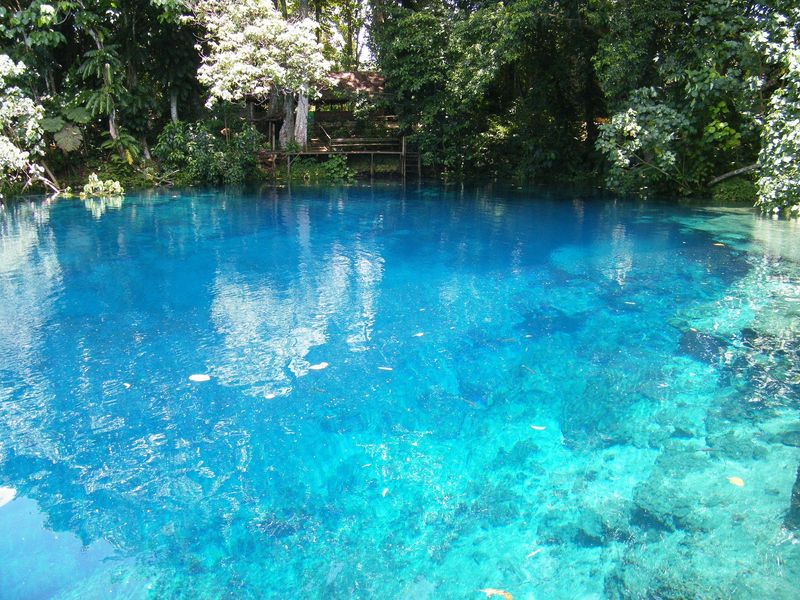
Espiritu Santo hides one of the South Pacific’s most magical swimming spots – the Blue Holes. These natural limestone pools shine with an otherworldly azure glow that seems almost artificially enhanced.
History buffs appreciate Santo’s WWII legacy, with shipwrecks and abandoned military equipment creating fascinating diving sites. The famous Champagne Beach earned its name from the tiny bubbles that rise through its fine white sand at low tide.
Local markets bustle with activity as villagers sell fresh produce and handcrafts. Though less developed than some South Pacific destinations, Santo’s raw beauty and authentic cultural experiences make it perfect for travelers seeking adventure off the beaten path.
5. Moorea Magic, Tahiti
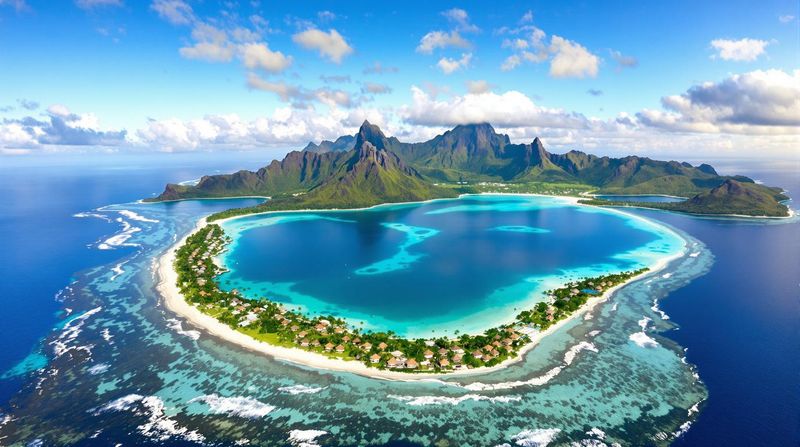
Just 30 minutes by ferry from Tahiti’s main island lies Moorea, often called Tahiti’s beautiful sister. Its dramatic landscape features jagged volcanic peaks that inspired James Michener’s mythical Bali Hai in ‘Tales of the South Pacific.’ Moorea’s heart-shaped outline becomes apparent when viewed from above.
The island combines luxury resorts with authentic Polynesian villages where locals still fish using traditional methods. Hiking to Belvedere Lookout rewards you with panoramic views of Cook’s and Opunohu Bays. Afterward, cool off by swimming with playful spinner dolphins in the lagoon.
This perfect blend of adventure and relaxation makes Moorea ideal for both honeymoooners and families.
6. Yasawa Islands, Fiji
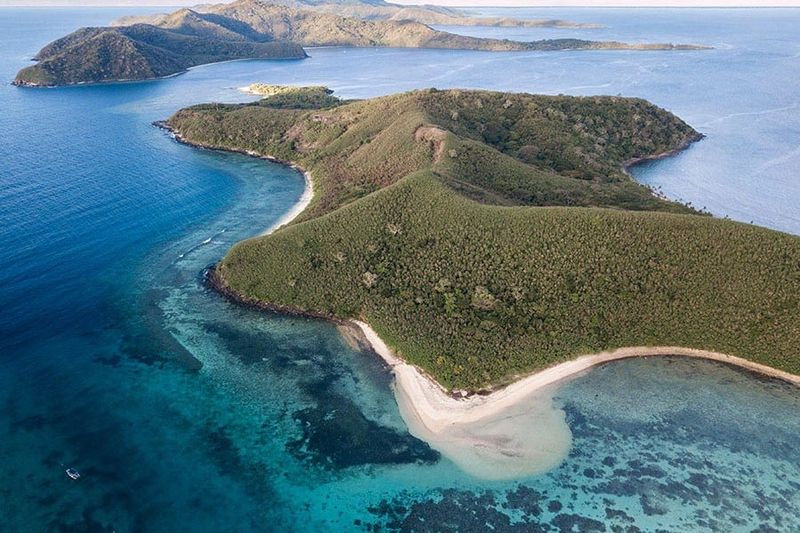
The Yasawa archipelago stretches like a necklace of pristine islands along Fiji’s western edge. Until the 1950s, these islands were completely off-limits to land-based tourism, helping preserve their untouched beauty.
Today, the Yasawas offer everything from backpacker-friendly beach huts to exclusive luxury resorts. Sawa-i-Lau Cave’s limestone chambers create a magical swimming spot accessed by diving through an underwater entrance. Island hopping by boat lets you experience multiple Yasawa islands in one trip.
Each evening, witness spectacular sunsets that paint the sky in brilliant oranges and pinks. The friendly Fijian villagers often invite visitors to participate in traditional meke dance performances and Sunday church services.
7. Huahine Hidden, Tahiti
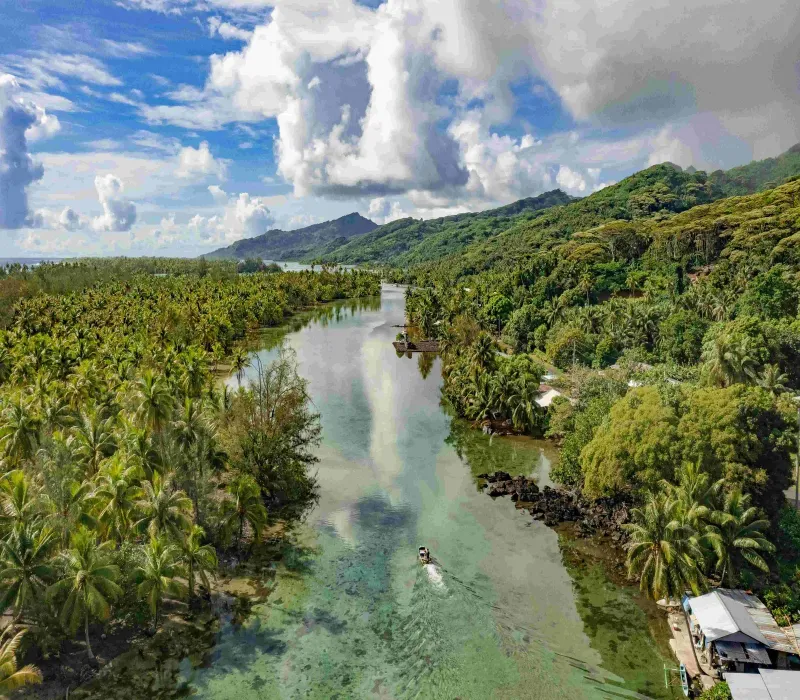
Locals affectionately call Huahine the ‘Garden of Eden’ for its lush forests, vanilla plantations, and untamed landscape. This lesser-known French Polynesian island actually consists of two islands connected by a small bridge. Ancient stone fish traps still catch dinner for villagers using techniques unchanged for centuries.
Sacred blue-eyed eels in Faie village are considered spiritual guardians and can be hand-fed by visitors. Unlike its famous neighbors Bora Bora and Moorea, Huahine remains refreshingly undeveloped.
Archaeological sites scattered throughout the island reveal marae (temples) dating back over 1,000 years. The slow pace, authentic culture, and stunning scenery make Huahine perfect for travelers seeking the real Polynesia.
8. Upolu Island, Samoa
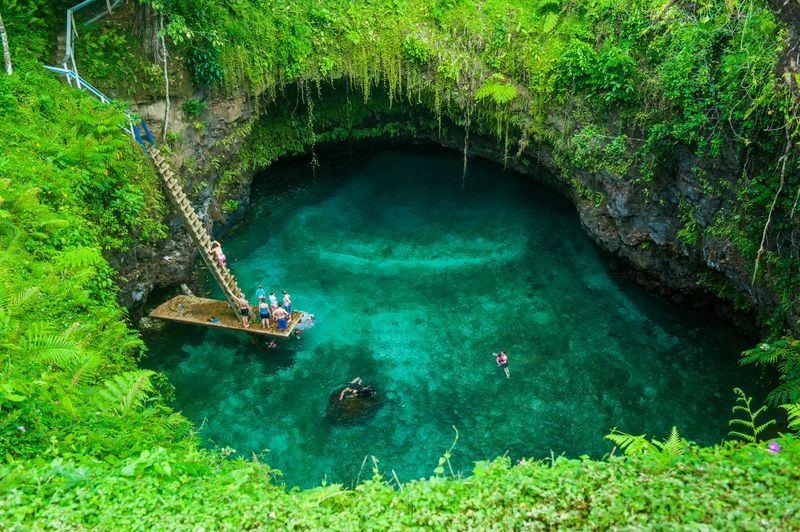
Upolu captures the essence of Fa’a Samoa – the Samoan way of life where traditions remain strong and community comes first. The island gained literary fame as the final resting place of ‘Treasure Island’ author Robert Louis Stevenson, whose hilltop home is now a museum.
To-Sua Ocean Trench offers swimming in a 30-meter deep crater connected to the ocean through underground tunnels. Wooden ladders descend into the emerald waters below, creating one of the South Pacific’s most photographed spots.
Samoan village life revolves around the fale (open-sided houses) and the church. Visitors can experience traditional Sunday umu feasts where food is cooked in underground ovens. Upolu perfectly balances natural wonders with cultural immersion.
9. Rarotonga Escape, Cook Islands
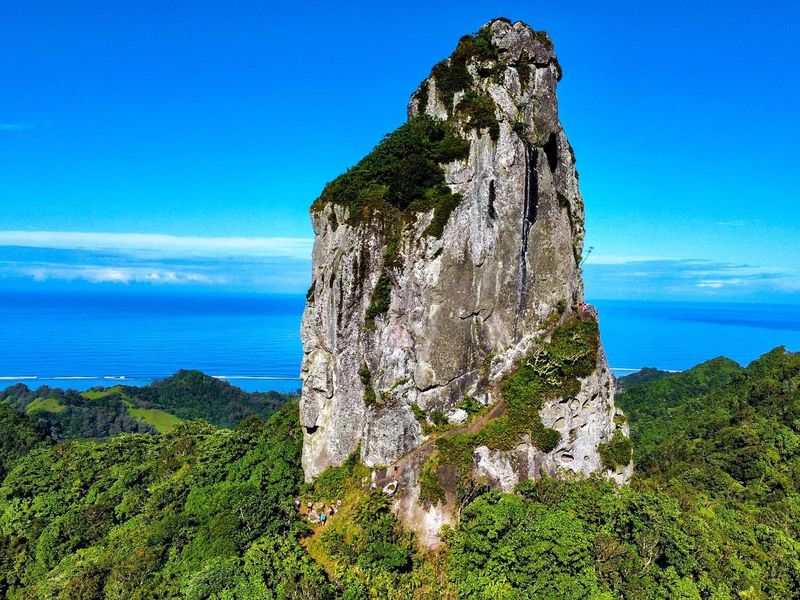
Rarotonga’s perfect circle of mountain peaks creates a dramatic backdrop to pristine beaches and a vibrant lagoon. The entire island can be circumnavigated in just 32 kilometers, making it easy to explore by scooter or local bus.
Saturday markets in Avarua buzz with activity as locals sell fresh tropical fruits, black pearls, and handcrafted souvenirs. The Cross-Island Track challenges hikers with a jungle trek to the distinctive needle-shaped Te Rua Manga (The Needle) formation.
Though small in size, Rarotonga offers surprising diversity. Snorkeling spots teem with colorful fish, while inland valleys hide ancient marae sites. The blend of New Zealand influence with traditional Polynesian culture creates a uniquely welcoming atmosphere for visitors.
10. Tanna Volcano, Vanuatu
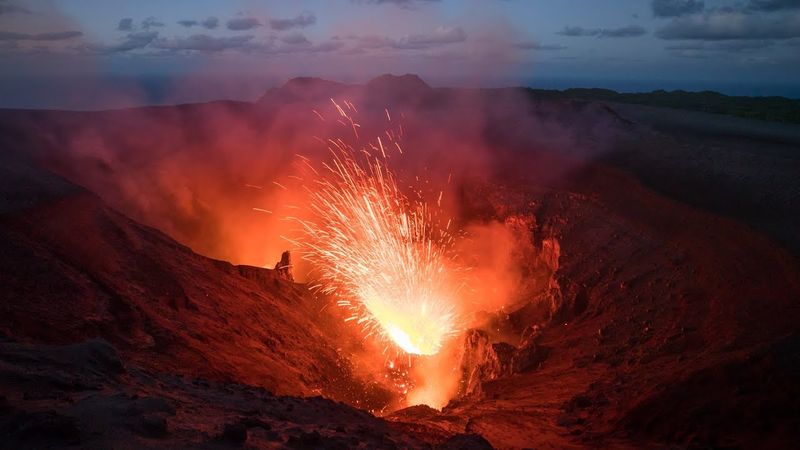
Mount Yasur on Tanna Island might be the world’s most accessible active volcano. Standing at the crater’s edge as molten lava explodes into the night sky creates an unforgettable, primal experience that connects visitors to the raw power of nature. Beyond volcanic thrills, Tanna offers glimpses into one of the most traditional cultures in the Pacific.
The Kastom villages maintain pre-colonial lifestyles and include communities following the Prince Philip Movement, who revere Britain’s late Duke of Edinburgh as a divine figure. Black sand beaches contrast with the island’s coffee plantations and banyan trees so massive they seem like forests unto themselves.
This combination of natural wonders and living cultural heritage makes Tanna truly unique among South Pacific destinations.
11. Rangiroa Lagoon, Tahiti
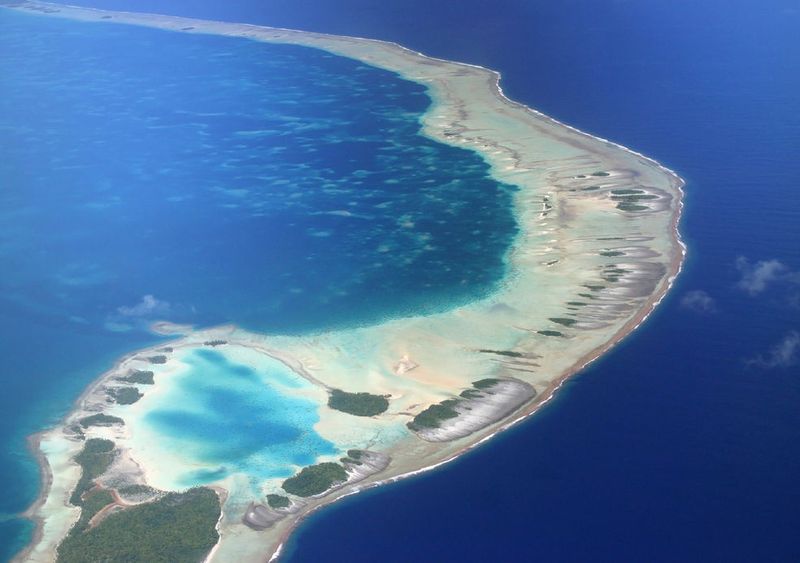
If you drew a perfect circle on water, you’d have Rangiroa – the world’s second-largest atoll. This massive ring of coral stretches so far that the opposite side disappears beyond the horizon, creating the illusion of being on an endless ocean.
The famous Tiputa Pass offers world-class drift diving where currents carry swimmers alongside dolphins, sharks, and manta rays. Wine enthusiasts might be surprised to find Vin de Tahiti, the only coral atoll vineyard in the world, producing unique wines from this unlikely terroir.
Life moves slowly on Rangiroa, with small villages scattered across motus (islets). The pink sand beach on Les Sables Roses provides a striking contrast to the blue lagoon waters. This atoll exemplifies the peaceful isolation that draws people to the South Pacific.
12. Vanua Levu, Fiji
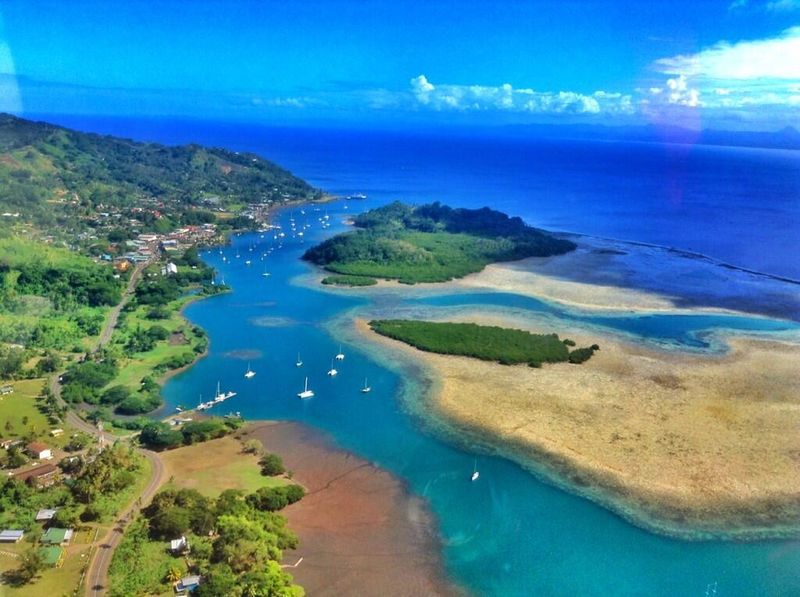
Fiji’s second-largest island offers travelers an authentic experience far from the resort crowds. Vanua Levu’s rugged interior hides waterfalls and hot springs where locals still bathe and cook traditional foods. The coastal town of Savusavu, nicknamed ‘the hidden paradise,’ attracts yachties and expats with its natural harbor and relaxed vibe.
Nearby, the pristine Rainbow Reef provides world-class diving with over 200 species of hard and soft corals. Salt Lake, Fiji’s largest inland lake, supports traditional salt harvesting practices. The island’s diverse population includes Indo-Fijian communities whose temples add cultural richness.
With limited tourist infrastructure but abundant natural beauty, Vanua Levu rewards adventurous travelers willing to explore beyond the usual destinations.
13. Tongatapu Calm, Tonga
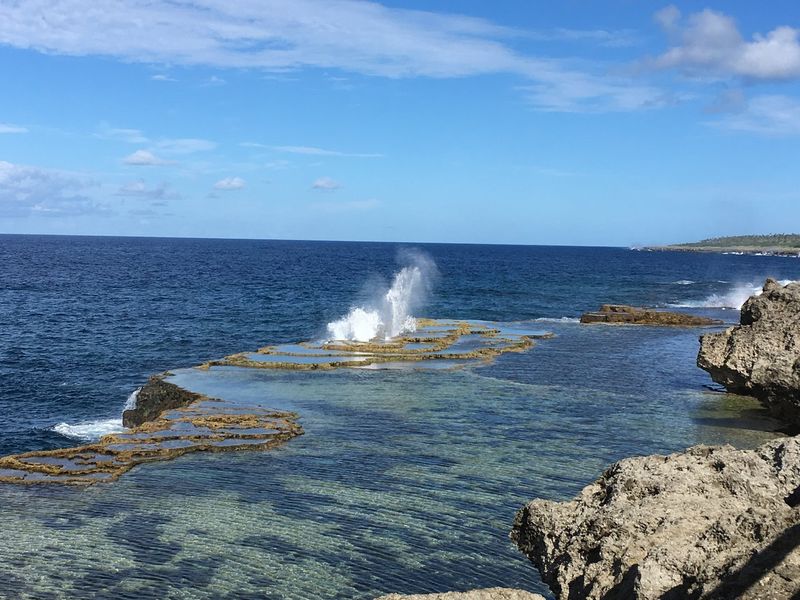
Tongatapu, the main island of the Kingdom of Tonga, offers a fascinating blend of ancient Polynesian monuments and royal heritage. The Ha’amonga ‘a Maui trilithon, often called the ‘Stonehenge of the Pacific,’ has stood for over 700 years as a testament to ancient engineering.
Between July and October, humpback whales arrive to birth their calves in Tonga’s protected waters. Visitors can respectfully swim alongside these gentle giants in one of the few places worldwide where this activity is permitted.
The island’s blowholes create spectacular natural fountains when waves force water through volcanic rock formations. As the only remaining Polynesian monarchy, Tonga maintains strong cultural traditions that visitors can experience through Sunday church services filled with harmonious singing.
14. Fakarava Diving, Tahiti
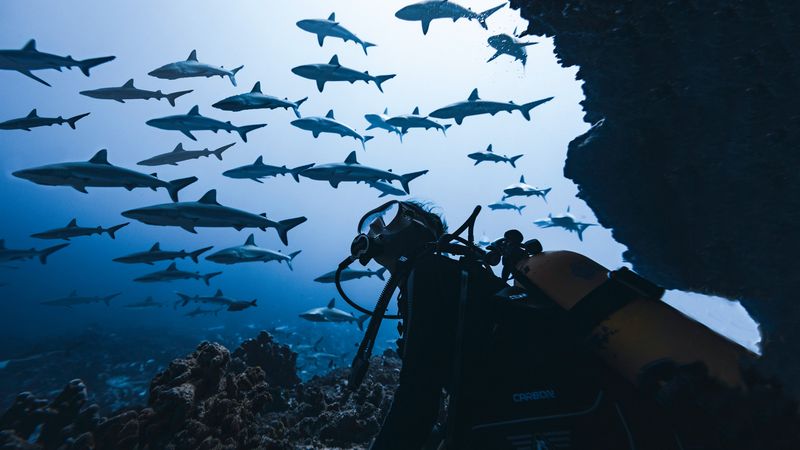
Fakarava’s rectangular lagoon has earned UNESCO Biosphere Reserve status for its incredible marine biodiversity. The atoll’s two passes create natural channels where divers witness the greatest concentration of grey reef sharks in the world.
This remote paradise in the Tuamotu Archipelago supports just 800 residents across several small villages. Pink sand beaches contrast beautifully with the varying blues of the lagoon. Though accommodations range from simple pensions to luxury pearl farm bungalows, all share the same spectacular sunsets.
The atoll’s main village, Rotoava, stretches along a single road with charming churches and small shops. Fakarava offers the perfect combination of world-class diving and peaceful island life away from mass tourism.
15. Lifou Island, New Caledonia
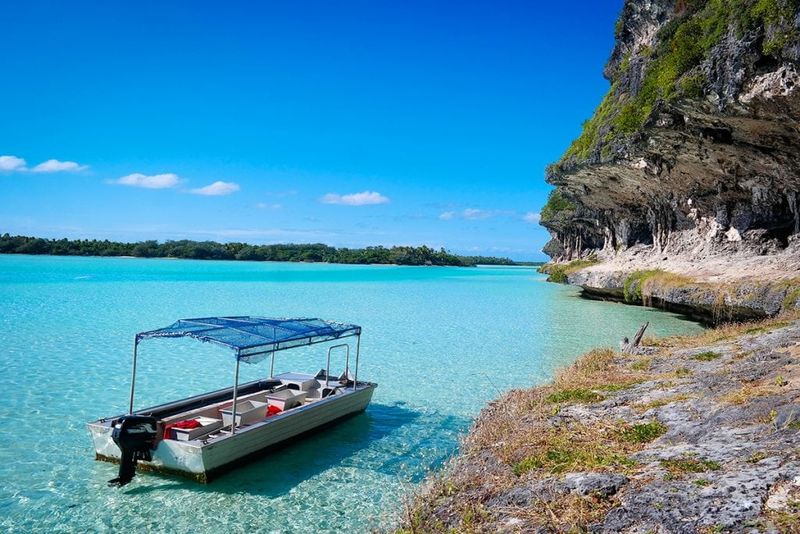
Lifou combines dramatic limestone cliffs with pristine beaches and fascinating Melanesian culture. As the largest coral atoll in the Loyalty Islands, its raised structure creates unique landscapes unlike typical flat atolls. The sacred Jinek Bay marine reserve requires visitors to purchase a pass from local tribes, helping preserve both the environment and indigenous stewardship.
Traditional Kanak culture remains strong, with tribal chiefs still governing villages according to customary laws. Vanilla plantations perfume the air throughout the island. Exploring the many caves reveals underground freshwater pools perfect for cooling off after hiking along cliff-top trails.
French influence blends with Melanesian traditions in the local cuisine, creating unique flavors that reflect Lifou’s cultural history.
16. Mare Island, New Caledonia
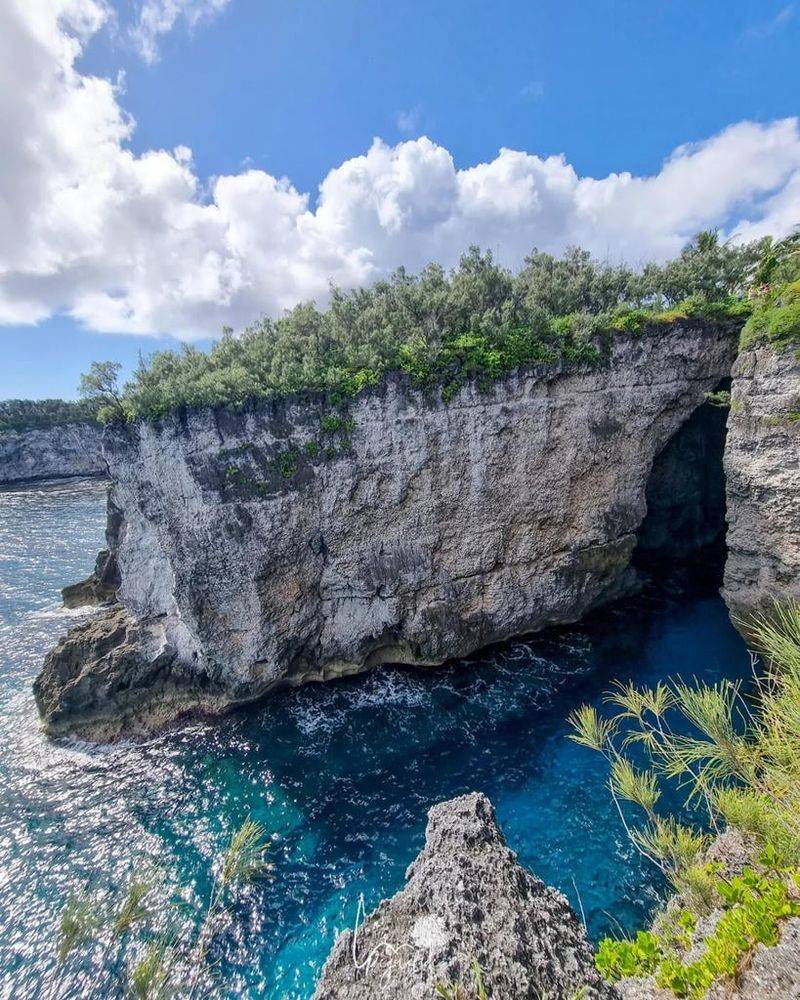
Mare’s nickname – ‘the wild island’ – perfectly captures its untamed beauty and limited development. Natural swimming holes formed in ancient coral create the famous Blue Hole of Mare, where freshwater meets saltwater in stunning aquamarine pools.
The island’s elevated coral plateau rises dramatically from the sea, creating spectacular cliffs and caves. Yejele Beach offers powder-soft white sand and excellent snorkeling just offshore. Traditional Kanak culture thrives in Mare’s tribal areas, where visitors must respect local customs and sometimes request permission to enter certain sites.
The island’s isolation has preserved both its natural environment and cultural heritage. With few tourist facilities but extraordinary scenery, Mare rewards travelers seeking authenticity over luxury.
17. Savai’i Serenity, Samoa
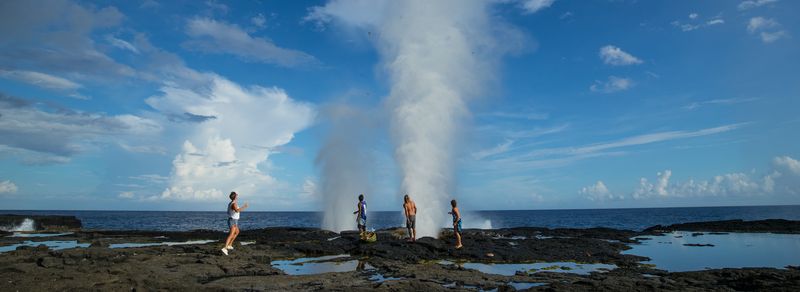
Savai’i, Samoa’s largest island, remains one of the Pacific’s most traditionally authentic destinations. Volcanic features dominate the landscape, from the Saleaula lava fields where a church stands half-buried in hardened lava to the Alofaaga Blowholes shooting water 30 meters into the air.
Village life centers around the fale (open-sided houses) and the church, with Sunday being strictly observed as a day of rest and worship. Visitors can stay in beach fales operated by local families, providing an immersive cultural experience.
The Canopy Walkway allows exploration of pristine rainforest from above. Though less developed than neighboring Upolu, Savai’i offers travelers willing to adapt to ‘island time’ a genuine glimpse into traditional Polynesian life rarely found elsewhere in the Pacific.
